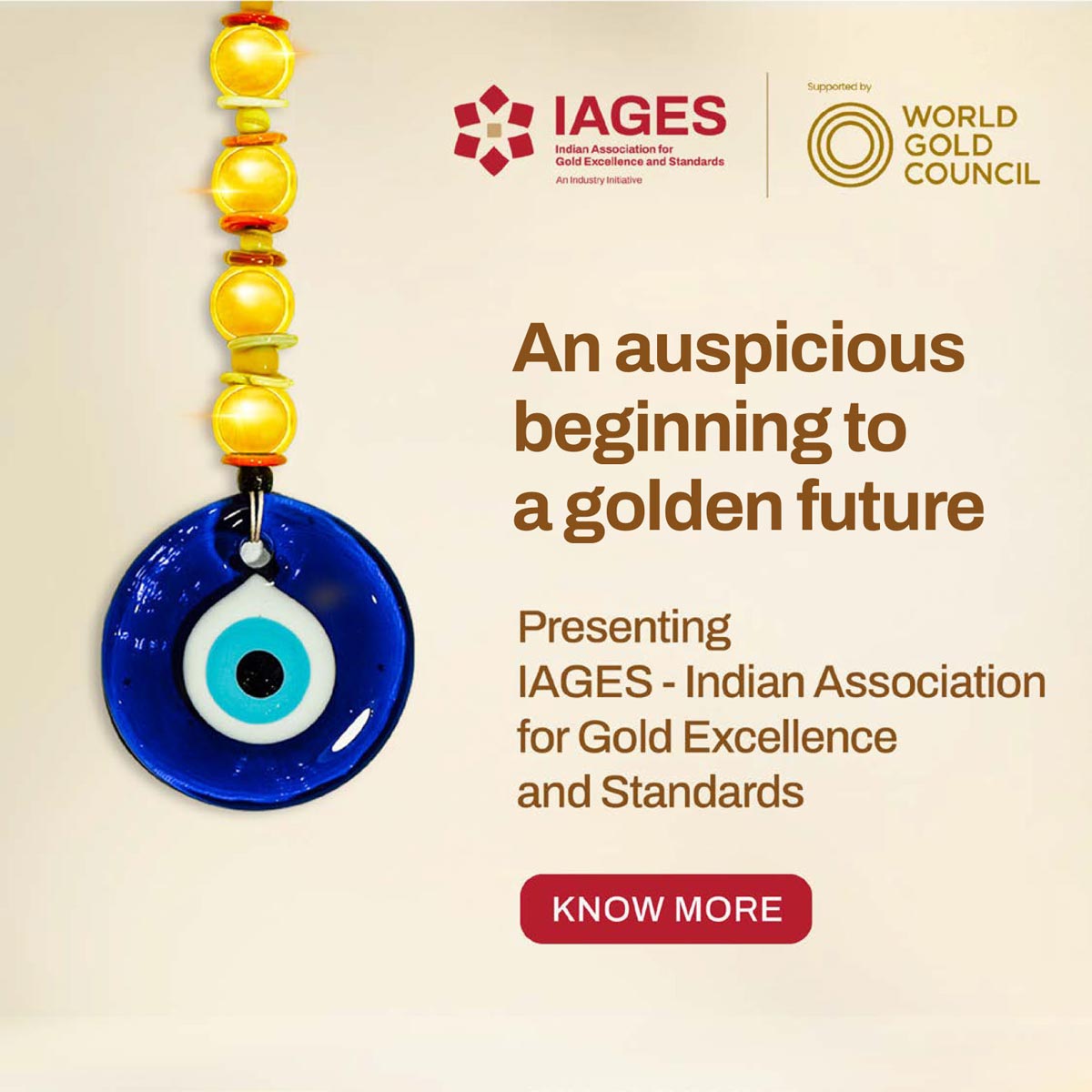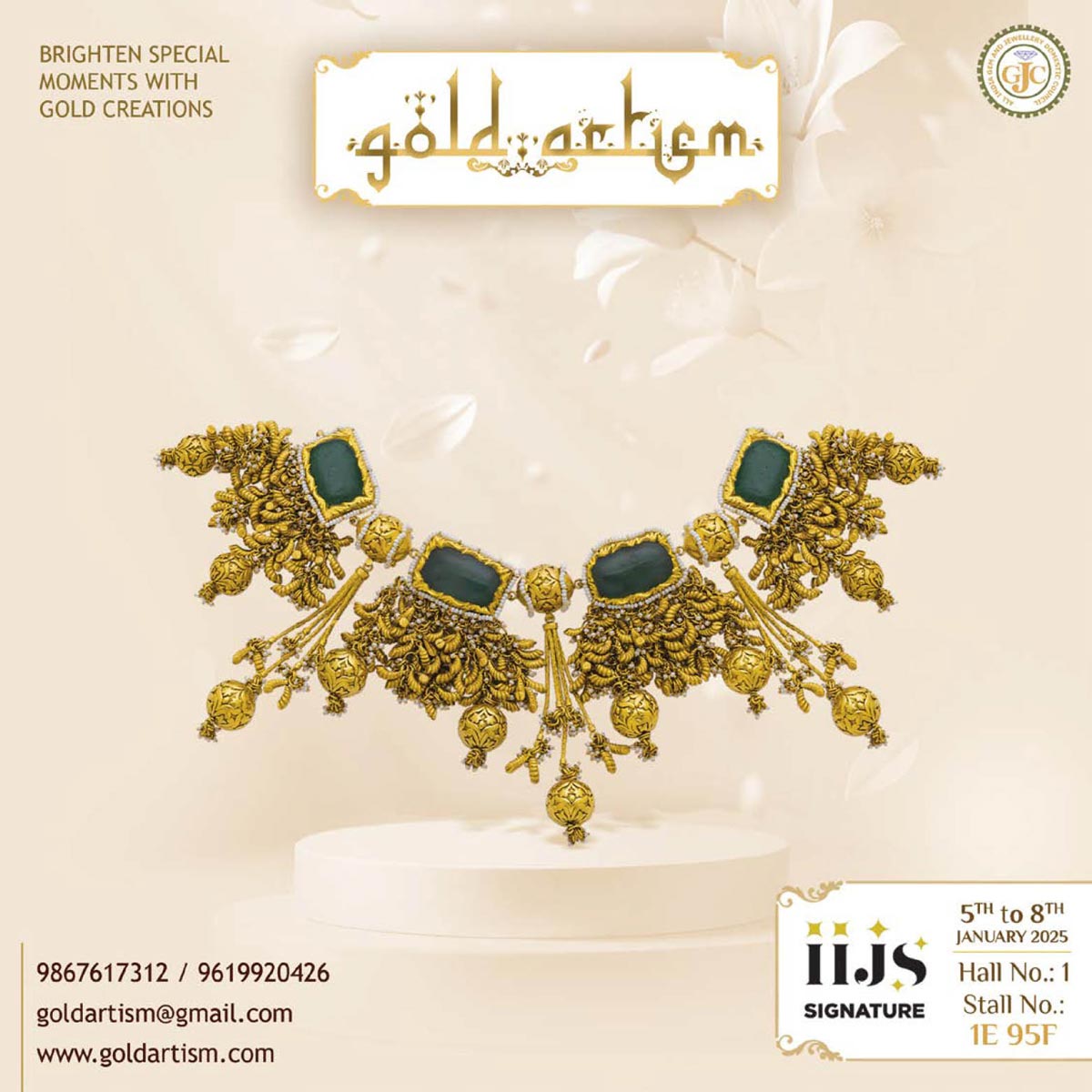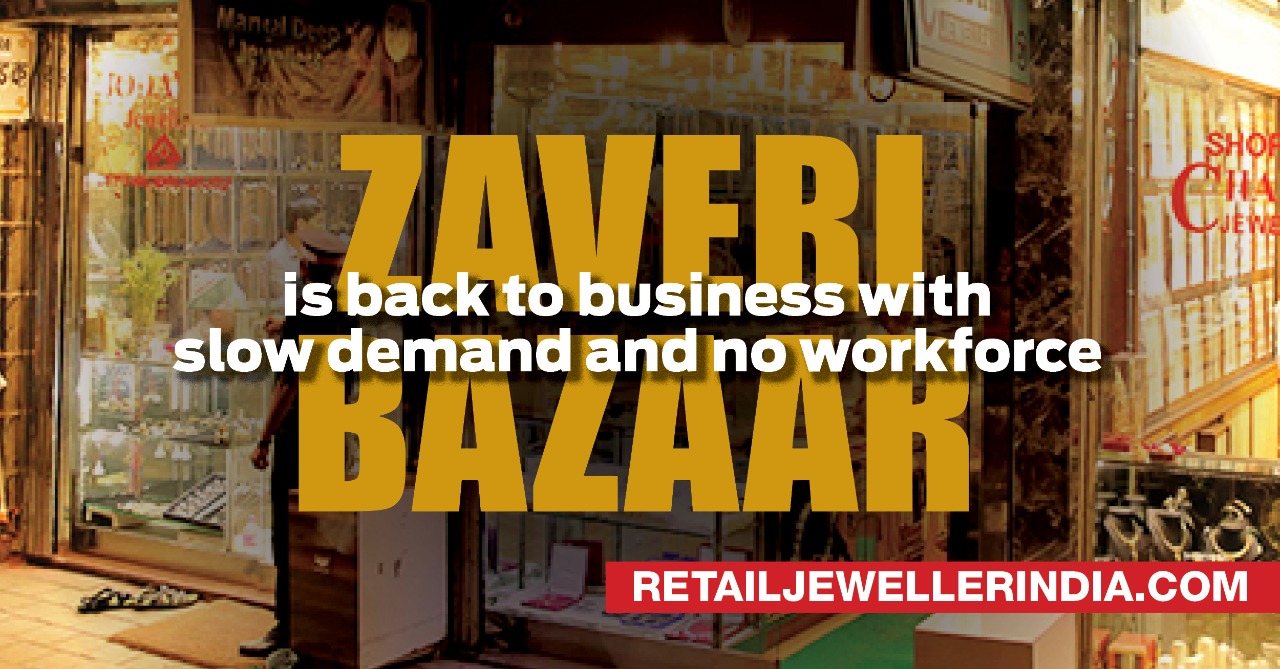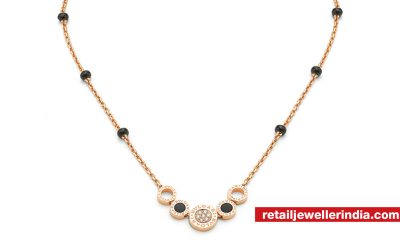Featured
Manufacturers discuss impact of low labour to artisans, suggest measures to curb the outcome

The wages or labour paid to the artisans is measured in the percentage of loss calculated in the weight of gold during the manufacturing process. According to manufacturers, a good value on the jewellery purchase can ensure better margins for the artisans
Mumbai: Design plays a crucial role in the Indian jewellery industry, where the emphasis is not just on aesthetics but also on the rich tradition of handcrafted artistry, known as karigari. This craftsmanship sets Indian jewellery apart on the global stage, where different regions are celebrated for their unique designs, albeit machine-made. The hallmark of Indian jewellery lies in its intricate, handcrafted nature, which reflects centuries of tradition, skill, and cultural significance.
The process of creating handcrafted jewellery is labor-intensive, requiring the expertise of skilled artisans, or karigars. These artisans invest significant time, effort, and creativity into every piece, making each item not just a piece of jewellery but a work of art. The cost of handcrafted jewellery naturally reflects the value of this artistry.
“During the manufacturing process of gold jewellery, there are some losses in the weightage of the gold. For instance, while manufacturing 100 grams of gold, there could be a loss of about 2-3% on the weightage, which is allowed by the Government of India. And this loss is paid out to the karigars”, explained Deepak M Seth, Partner, S K Seth Jewellers.
The gold touch or labour paid to the artisans per gram of gold is the sustenance, which ensures their well-being. Speaking on this topic, manufacturing brands such as S K Seth Jewellers, Shah Vanaji Kesaji & Co, Mumbai, and Anand Shah Jewels LLP, have opined how paying a fair wage to them can ensure the longevity of handcrafted Indian jewellery.

“Reduced prices of jewellery mean paying lower incentives to the artisans. But this should not happen. If an artisan does not earn, he will not make good jewellery” said Anand Shah, Partner, Anand Shah Jewels LLP.
Vishal Jain, Partner, Shah Vanaji Kesaji & Co., echoed the sentiment and reiterated the need for incentivising the karigars with better pay. “With improved margins, they will be able to work optimal hours, resulting in good health and better concentration abilities which is necessary for evoking creativity in the jewellery designs”.
Manufacturing brands are of the opinion that the industry needs to have a more intensive discussion about increasing the labour charges for the artisans. The lower labour that they currently receive is also a deterrent for the future generation of karigars, who are shying away from the occupation due to the long hours of crafting quality and intricate jewellery for a meagre incentive.
According to Jain, the industry is sensitive to the needs and issues of the artisans such as during the COVID-19 pandemic. However, when it comes to their daily sustenance, the industry needs to stand with them and give them their due. “As of today, 40-50% of the total jewellery made in our country is still handcrafted and we should be able to attract more artisans”, he explained.
In the long run, the shortage of karigars who are well-trained and able to craft unique and creative designs, can also lead to the further decline of country’s unique karigari.
According to the manufacturers, one of the solutions to this issue is attaching a minimum value to a jewellery that will enable the artisan to earn fair wages, ensuring a better quality of life and in turn, better capacity to create intricate handcrafted jewellery.
Written by Aparna Bhowmick
Retail Jeweller India Exclusive




 Daily News2 months ago
Daily News2 months agoBvlgari adds designs to its pathbreaking mangalsutra collection ahead of wedding season

 Daily News1 month ago
Daily News1 month agoTrent, a TATA subsidiary, launches lab-grown diamond brand ‘Pome,’ shares surge 7.67%

 Daily News2 weeks ago
Daily News2 weeks agoMalabar Gold & Diamonds launches ‘Heritage Show’ in Mangalore, featuring jewellery inspired by Maharanis

 Daily News3 weeks ago
Daily News3 weeks agoSavji Dholakia’s visionary water conservation project ‘Bharatmata Sarovar’ reinforces commitment to sustainability




















